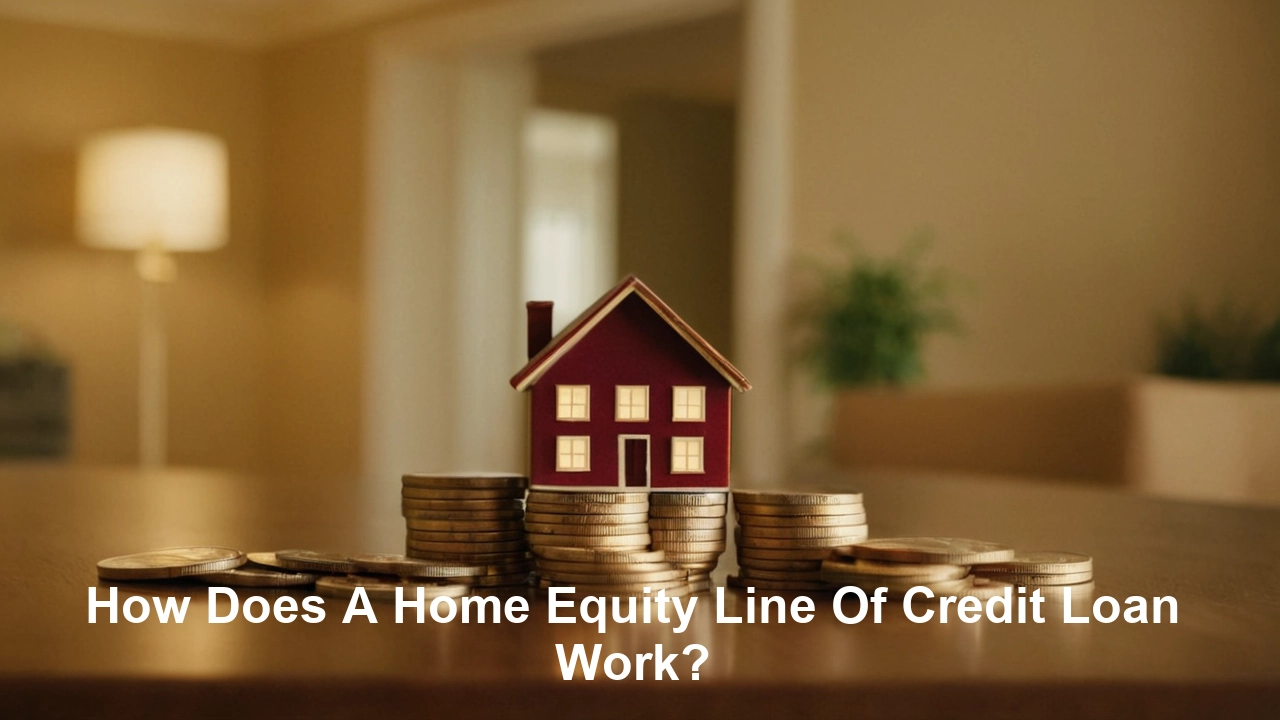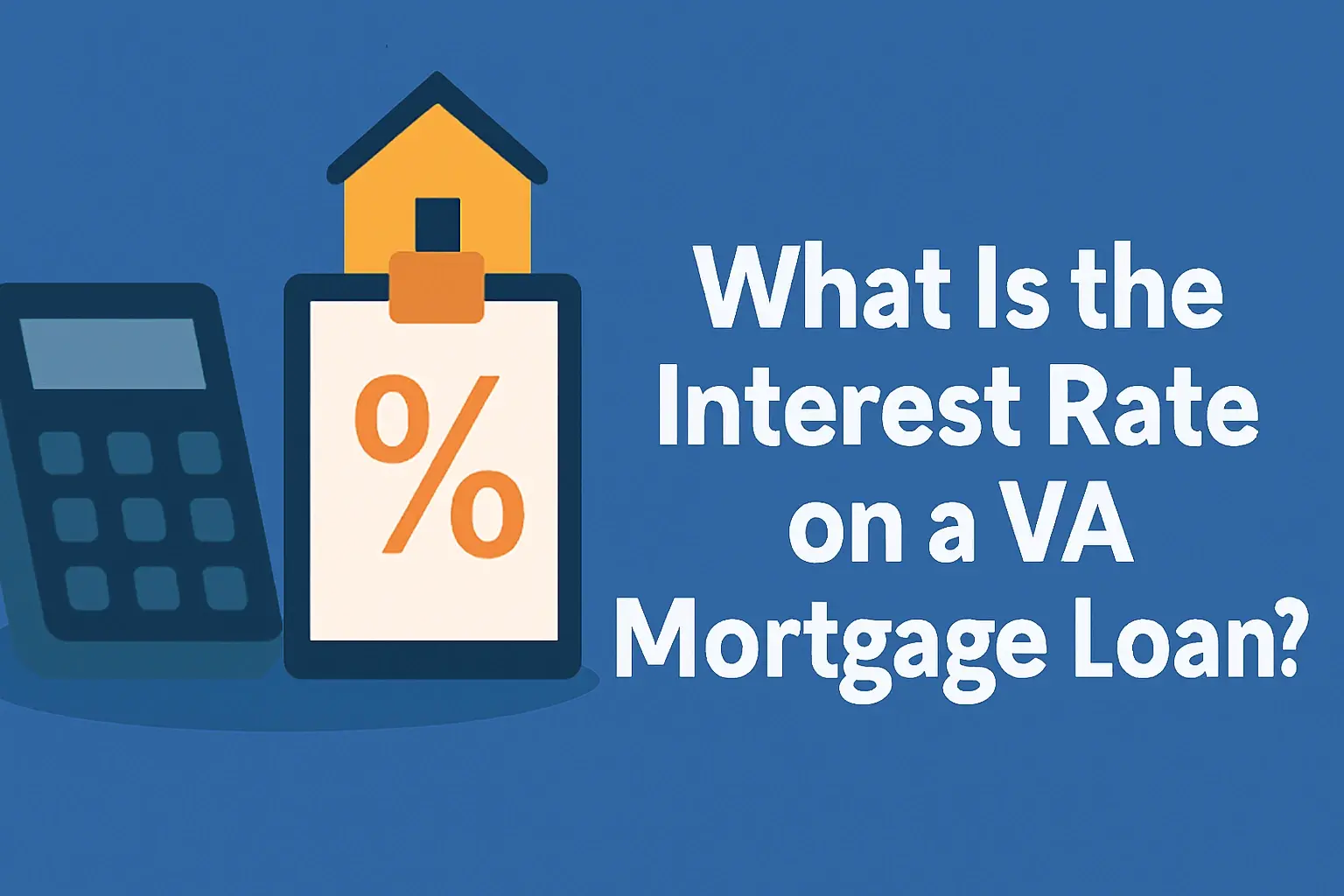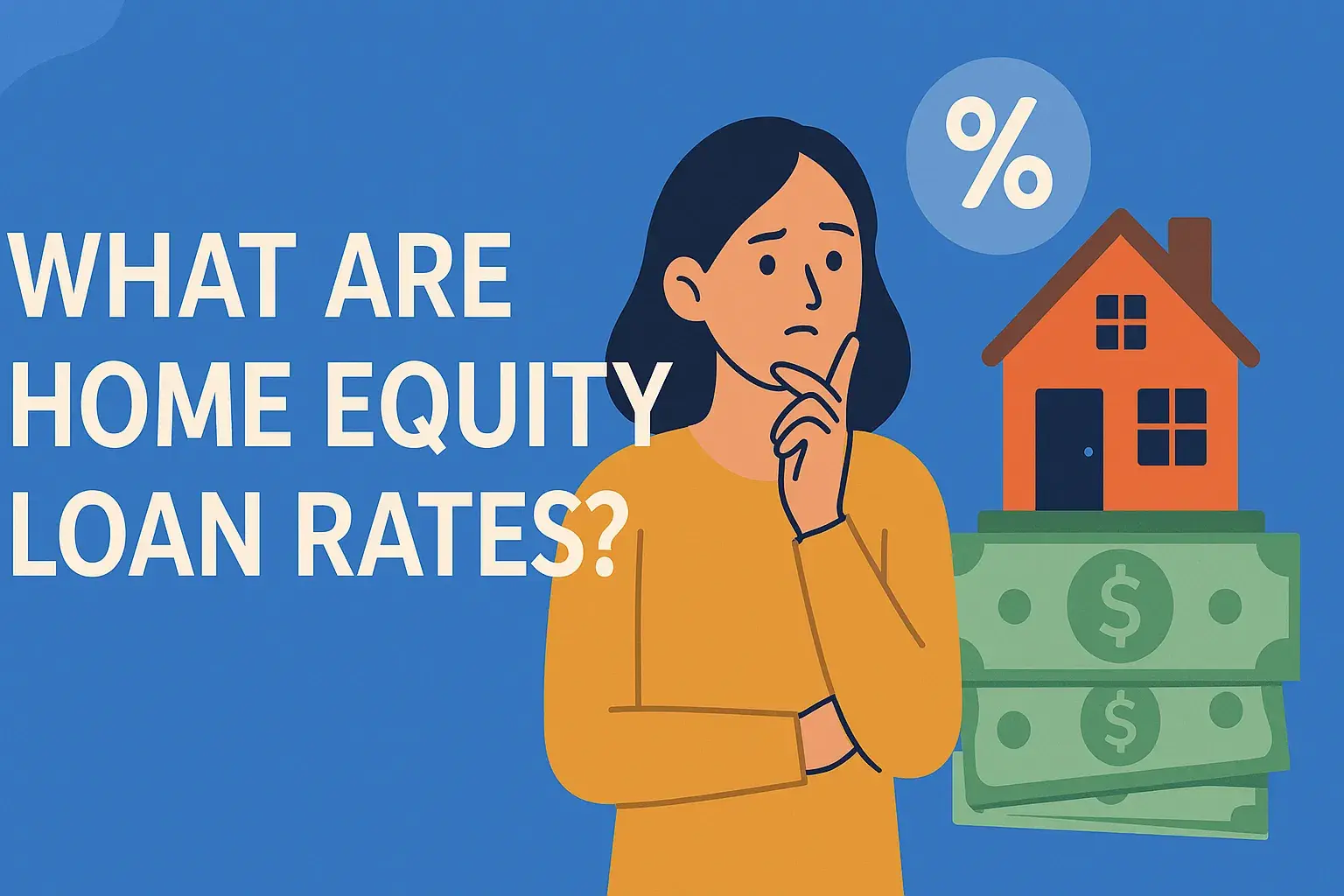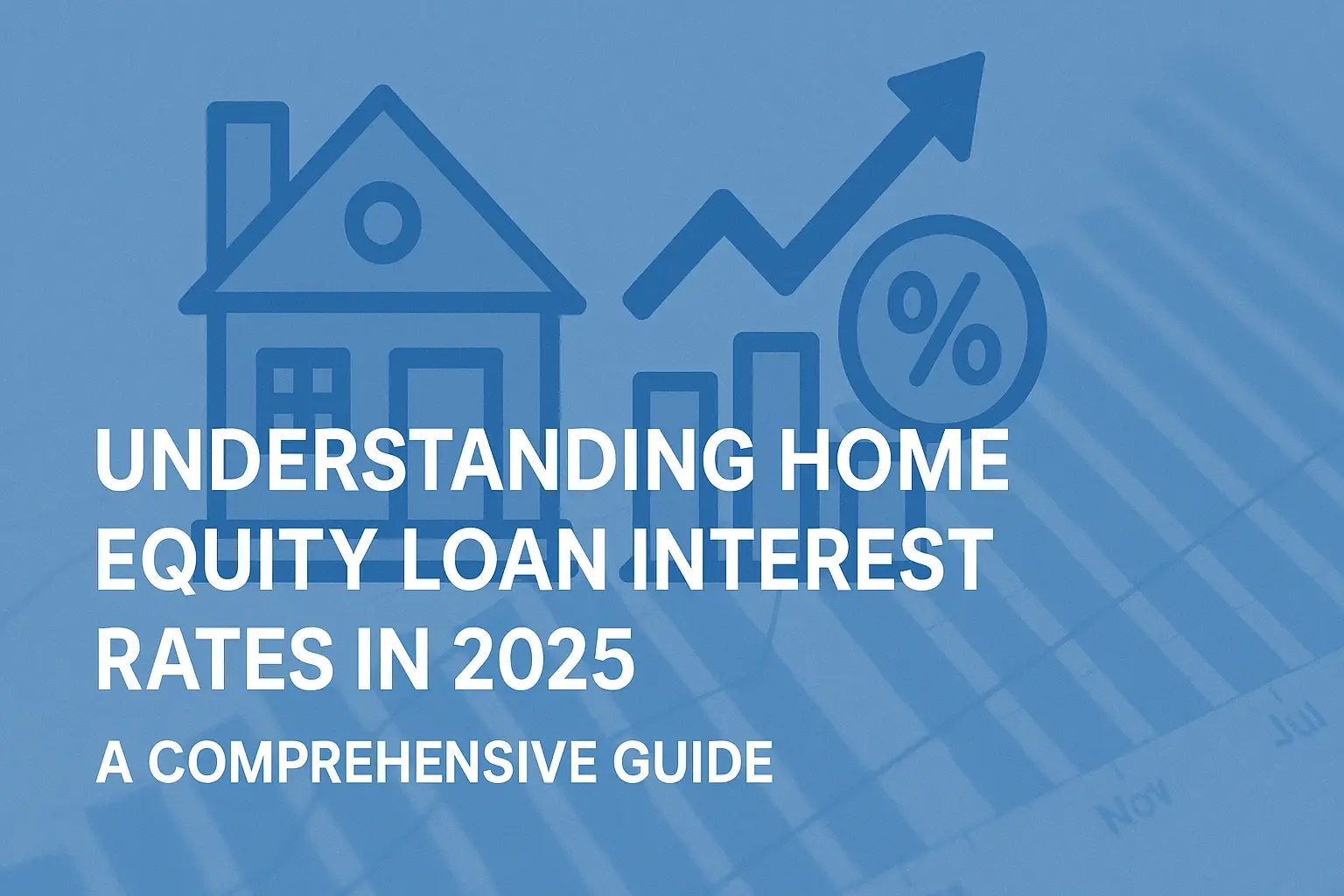-
Posted on: 23 Aug 2024

-
A Home Equity Line of Credit (HELOC) is a type of loan that allows you to borrow money against the equity you have in your home. Unlike a traditional home equity loan, which provides a lump sum of cash upfront, a HELOC functions more like a credit card, providing you with a revolving credit line that you can draw on as needed. This makes it a flexible option for various financial needs, from home improvements to debt consolidation.
Understanding Home Equity
Before diving into the specifics of a HELOC, it's crucial to understand the concept of home equity. Your home equity is the difference between the current market value of your home and the outstanding balance of your mortgage. For example, if your home is worth $400,000 and you owe $250,000 on your mortgage, your home equity is $150,000.
Lenders typically allow you to borrow a percentage of your home equity, often up to 80% or 85% of the appraised value of your home, minus your existing mortgage balance. This percentage is known as the Loan-to-Value (LTV) ratio.
The Mechanics of a HELOC
A HELOC typically consists of two phases: the draw period and the repayment period.
The Draw Period
The draw period is the time frame during which you can withdraw funds from your credit line. This period usually lasts for 5 to 10 years. During the draw period, you typically only pay interest on the amount you've borrowed. This can make your monthly payments relatively low, but it's important to remember that you're not paying down the principal balance during this time.
You can withdraw funds as needed, up to your credit limit. Many lenders offer convenient ways to access your funds, such as checks, online transfers, or a credit card linked to your HELOC.
For example, if you have a HELOC with a credit limit of $50,000, you can withdraw $10,000 for a home renovation project, then $5,000 a few months later to consolidate some debt. You only pay interest on the $15,000 you've withdrawn.
The Repayment Period
Once the draw period ends, the repayment period begins. During this phase, you can no longer withdraw funds from the credit line. You'll begin making payments that include both principal and interest, similar to a traditional loan. The repayment period typically lasts for 10 to 20 years.
Your monthly payments will likely increase during the repayment period, as you're now paying down the principal balance in addition to the interest. It's crucial to factor this increase into your budget when considering a HELOC.
Example Timeline
- Years 1-10: Draw period. Withdraw funds as needed and pay interest only.
- Years 11-20: Repayment period. No further withdrawals. Pay principal and interest.
Eligibility for a HELOC
Lenders assess several factors to determine your eligibility for a HELOC, including:
- Credit Score: A good to excellent credit score is typically required. Lenders prefer scores of 680 or higher.
- Debt-to-Income Ratio (DTI): Your DTI measures your monthly debt payments as a percentage of your gross monthly income. Lenders prefer a DTI of 43% or lower.
- Loan-to-Value Ratio (LTV): As mentioned earlier, your LTV is the percentage of your home's value that you're borrowing. Lenders typically cap the LTV at 80% or 85%.
- Income: You need to demonstrate a stable and sufficient income to repay the loan.
- Home Appraisal: An appraisal will be conducted to determine the current market value of your home.
Interest Rates and Fees
HELOCs typically have variable interest rates, meaning the rate can fluctuate based on a benchmark interest rate, such as the Prime Rate. This rate is often tied to the Federal Reserve's decisions regarding interest rates.
A variable interest rate can be both beneficial and risky. If interest rates decline, your payments could decrease. However, if interest rates rise, your payments could increase significantly, potentially straining your budget.
Understanding Variable Interest Rates
HELOC interest rates are usually expressed as a margin above the Prime Rate. For example, a HELOC might have an interest rate of Prime + 2%. If the Prime Rate is 5%, your interest rate would be 7%.
It's crucial to understand how the interest rate is calculated and how often it can adjust. Some HELOCs have caps on how high the interest rate can rise, while others don't.
Fees Associated with HELOCs
HELOCs can come with various fees, including:
- Application Fees: Fees charged to process your application.
- Appraisal Fees: Fees for the home appraisal.
- Origination Fees: Fees charged by the lender for setting up the HELOC.
- Annual Fees: Fees charged each year to maintain the credit line.
- Transaction Fees: Fees charged each time you withdraw funds.
- Early Closure Fees: Fees charged if you close the HELOC before a certain period.
It's essential to compare fees from different lenders to find the most cost-effective option.
Potential Uses for a HELOC
HELOCs can be used for a variety of purposes, including:
- Home Improvements: Renovating your kitchen, bathroom, or adding an extension.
- Debt Consolidation: Paying off high-interest credit card debt or other loans.
- Unexpected Expenses: Covering medical bills, car repairs, or other emergencies.
- Education Expenses: Paying for college tuition or other educational costs.
- Business Expenses: Funding a small business or expanding an existing one.
While HELOCs can be useful, it's important to use them responsibly and only borrow what you can afford to repay. Using a HELOC for non-essential expenses can put your home at risk.
Risks Associated with a HELOC
Before taking out a HELOC, it's essential to be aware of the potential risks:
- Risk of Foreclosure: Your home serves as collateral for the HELOC. If you fail to make payments, the lender can foreclose on your home.
- Variable Interest Rates: As mentioned earlier, variable interest rates can increase your payments significantly.
- Debt Accumulation: It's easy to overspend with a HELOC, leading to debt accumulation.
- Impact on Credit Score: Missed payments or high credit utilization can negatively impact your credit score.
Carefully consider these risks before taking out a HELOC and ensure you have a plan for repayment.
HELOC vs. Home Equity Loan
It's important to differentiate a HELOC from a Home Equity Loan. While both allow you to borrow against your home equity, they function differently.
Feature HELOC (Home Equity Line of Credit) Home Equity Loan Loan Type Revolving credit line Installment loan Funds Access Withdraw funds as needed during the draw period Lump sum of cash upfront Interest Rate Typically variable Typically fixed Repayment Interest-only payments during the draw period, then principal and interest Principal and interest payments from the start Flexibility More flexible, suitable for ongoing or uncertain expenses Less flexible, suitable for specific, one-time expenses The best option for you depends on your individual financial needs and circumstances. If you need a lump sum of cash for a specific purpose and prefer a fixed interest rate, a home equity loan might be a better choice. If you need access to funds over time and can tolerate a variable interest rate, a HELOC might be more suitable.
Alternatives to HELOCs
Before committing to a HELOC, explore alternative options that may better suit your needs and risk tolerance. Here are a few:
- Personal Loans: Unsecured loans that don't require collateral. Interest rates may be higher than HELOCs, but they don't put your home at risk.
- Credit Cards: Can be useful for smaller expenses, especially if you can take advantage of 0% APR promotional periods.
- Cash-Out Refinance: Replace your existing mortgage with a larger one and receive the difference in cash. This option can provide a fixed interest rate and longer repayment term, but involves refinancing costs.
- Savings: If possible, using your savings can avoid incurring debt and interest charges altogether.
- Government Assistance Programs: Explore state and federal programs that may offer grants or loans for specific purposes like home repairs or energy efficiency upgrades.
Carefully weigh the pros and cons of each alternative before making a decision.








